14 Trending Ingredients You’ll See Everywhere This Year
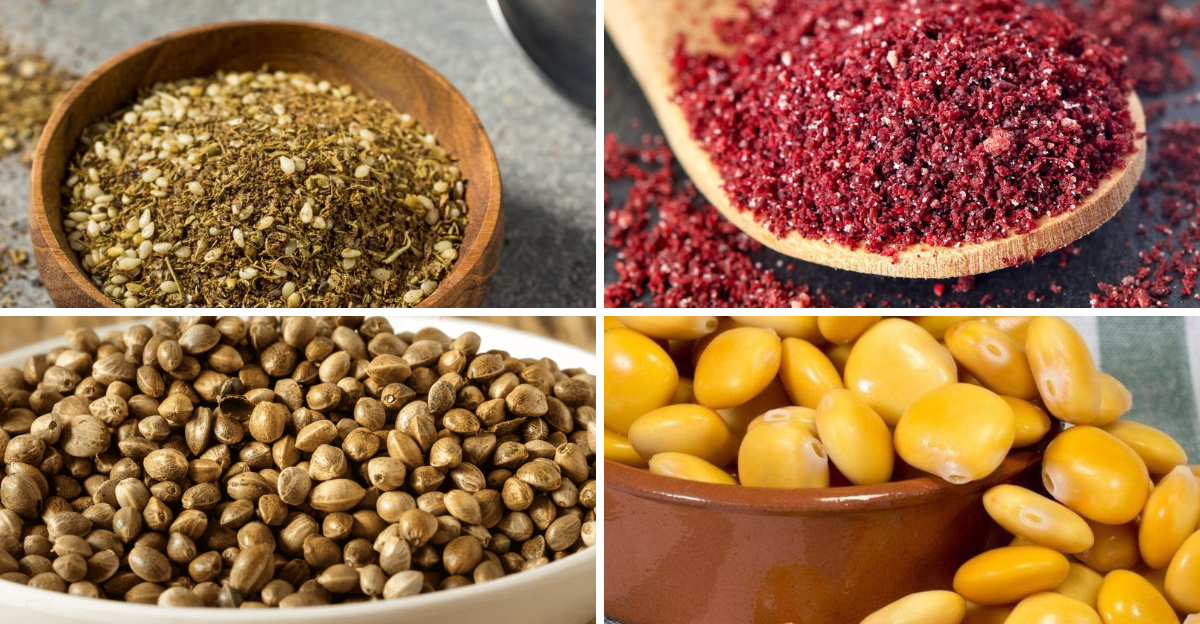
In the world of gastronomy, innovation and tradition constantly intertwine. This year, we’re witnessing a delightful mix of the familiar and the unexpected when it comes to trending ingredients. From ancient grains to bold flavors, here’s a list of 14 ingredients that are set to spice up kitchens around the globe. Explore how these components can transform everyday dishes and inspire culinary, all while staying rooted in traditions.
1. Dragonfruit
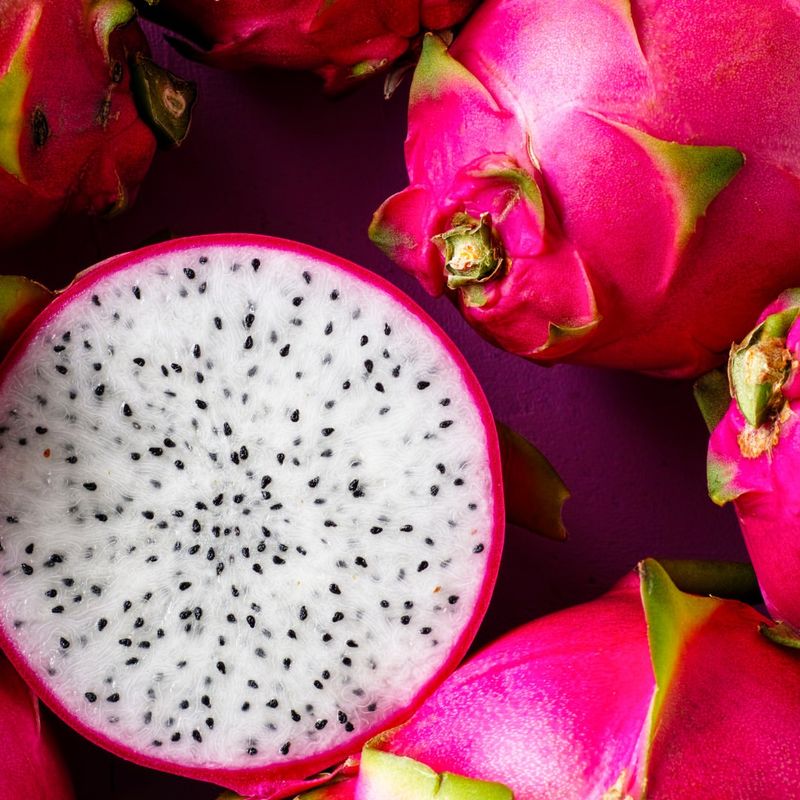
Dragonfruit, also known as pitaya, is becoming a staple in smoothie bowls and exotic fruit salads. Its pink skin and speckled white flesh make it visually appealing. The taste is subtly sweet, with a hint of floral. It’s not just its look that captivates; it’s packed with vitamin C and antioxidants. One can experiment by adding it to salsas or desserts. Its eye-catching appearance makes it suitable for garnishing tropical drinks. The rise of fruit-forward cocktails also sees dragonfruit playing a starring role. Incorporating this fruit into your diet could be as simple as slicing it over yogurt or blending it into a refreshing smoothie.
2. Edible Flowers
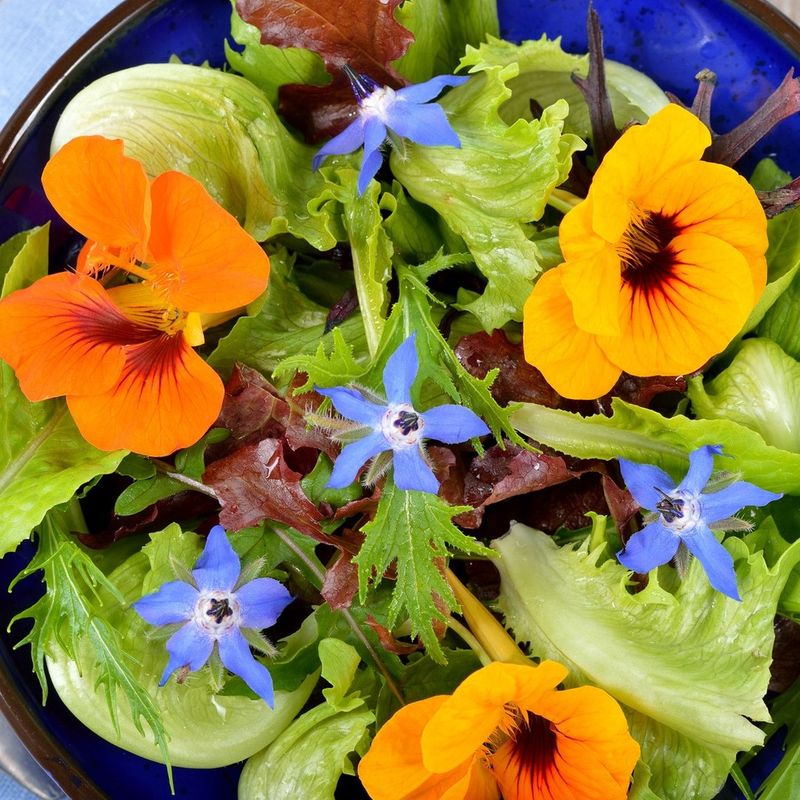
Edible flowers are not just for garnish anymore; they’re becoming a mainstay in dishes ranging from salads to desserts. Flowers like nasturtiums, violets, and pansies add both colors and subtle flavors. They’re used in decorating cakes and cupcakes, adding a floral finish to confections. Edible flowers can also infuse oils and syrups, offering a twist. Some cuisines incorporate them into savory dishes, providing unexpected flavor profiles. The visual appeal of edible flowers is undeniable, transforming ordinary meals into gourmet experiences.
3. Kaffir Lime Leaves
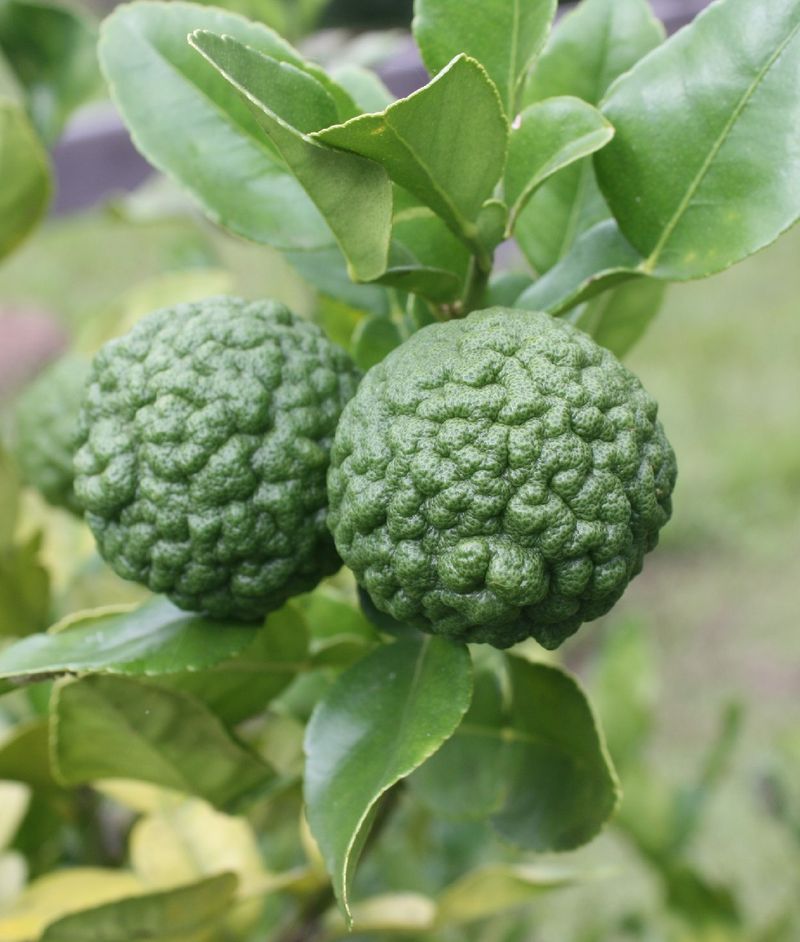
Kaffir lime leaves are becoming a staple in kitchens around the world, thanks to their distinct citrus aroma and flavor. Widely used in Southeast Asian cuisine, these leaves add a refreshing zing to soups, curries, and stir-fries. The leaves are often torn or shredded to release their essential oils, thus enhancing the depth of your dishes. Whether you’re making a traditional Tom Yum soup or a modern fusion dish, kaffir lime leaves can enhance your culinary game. For best results, use them fresh or frozen, as dried leaves lose much of their potency.
4. Moringa
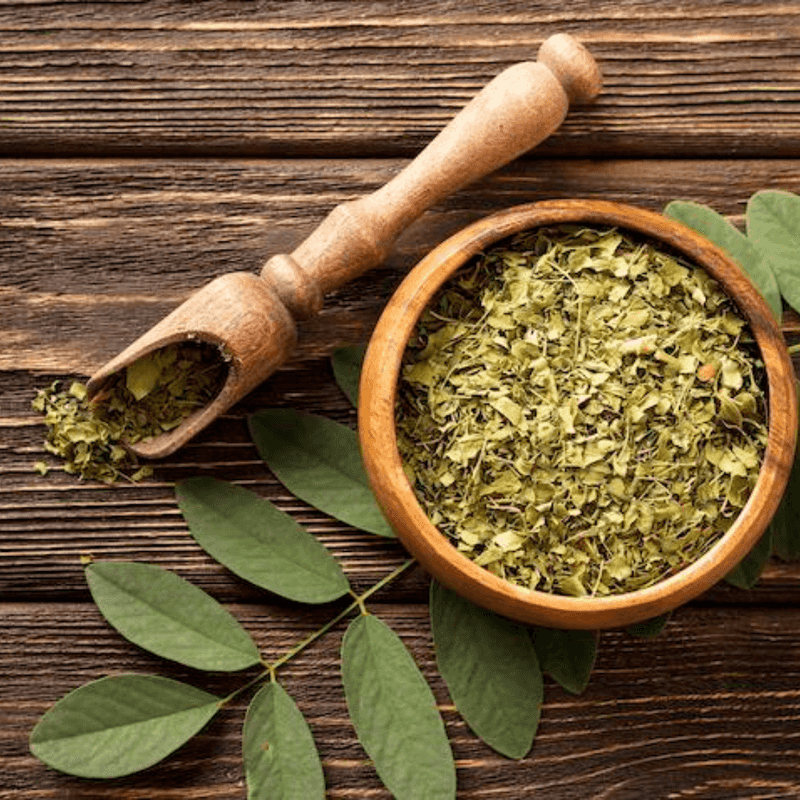
Moringa, often dubbed a superfood, is making waves in health-conscious circles. Known for its nutrient density, the leaves are packed with vitamins, minerals, and proteins. It’s often added to smoothies or turned into a powder for easy consumption. The flavor is earthy, similar to spinach, but with a slight bitterness. Chefs are incorporating moringa into soups and stews, enriching them nutritionally. Its versatility extends to baked meals, like bread and muffins, where it adds both color and health benefits.
5. Freekeh
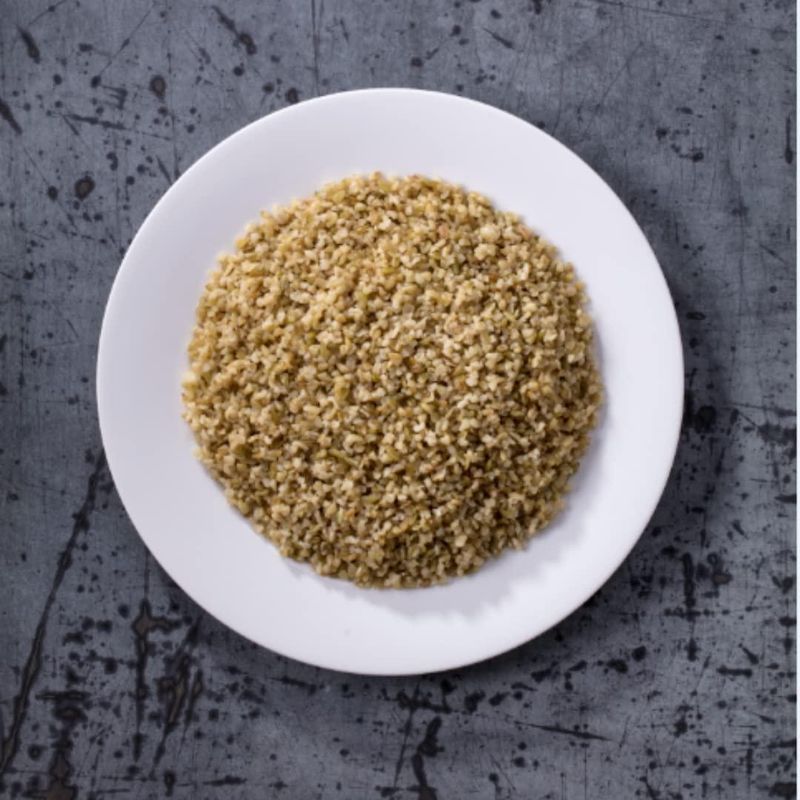
Freekeh is an ancient grain that’s gaining popularity for its nutritional benefits and toasted flavor. Harvested while still green, this wheat variety is roasted to retain its high protein and fiber content. The chewy texture and nutty taste of freekeh make it an excellent base for salads, pilafs, and soups. It’s particularly popular among those seeking healthier carbohydrate options without sacrificing flavor. Cooking freekeh is as simple as boiling it like rice.
6. Black Garlic
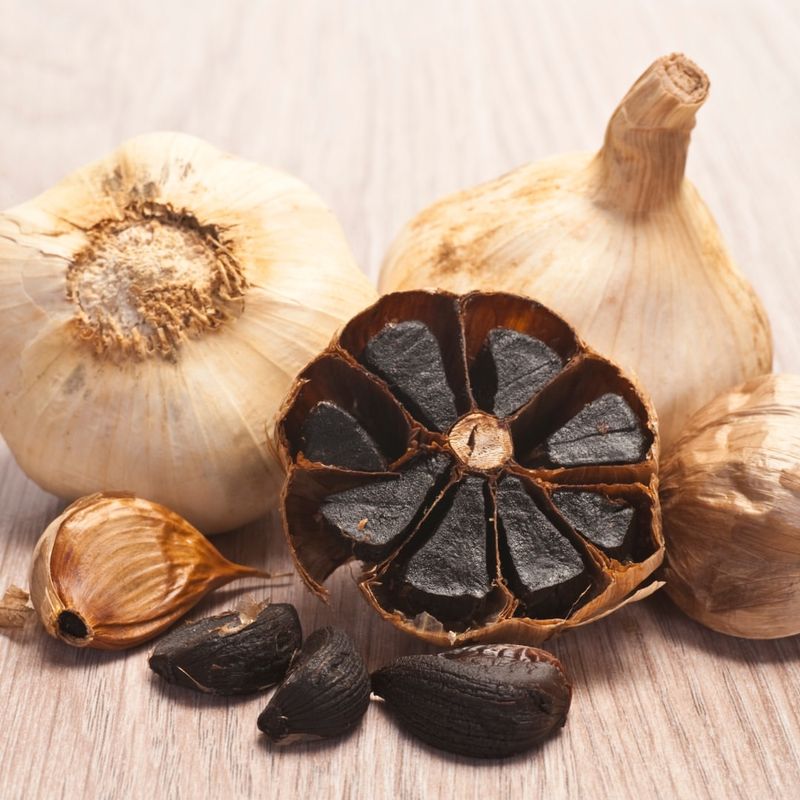
Black garlic, recognized for its deep flavor and soft texture, is becoming a culinary favorite. The fermentation process turns regular garlic into a sweet-savory ingredient, with hints of apple cider vinegar and tamarind. It’s used to enhance sauces, dressings, and even desserts. The taste profile enhances dishes, offering a depth of flavor that’s hard to match. Black garlic also provides nutritional benefits, with higher concentrations of antioxidants compared to regular garlic. Chefs appreciate its versatility and the subtle complexity it adds to recipes. Whether tossed in pasta or used in marinades, black garlic is a dynamic addition to the kitchen.
7. Lupin Beans
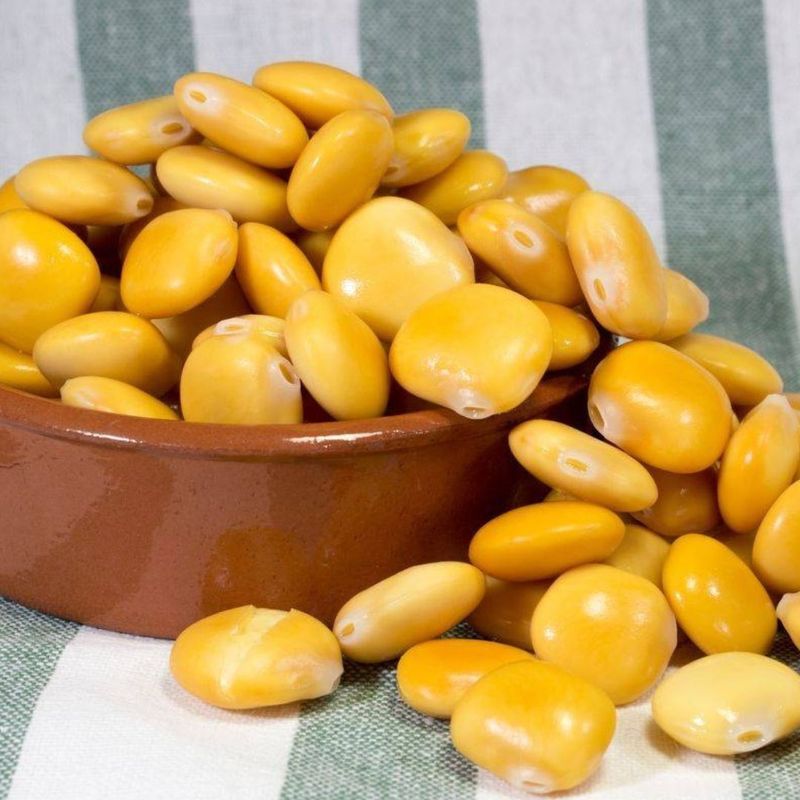
Lupin beans are making a splash as a superfood, packed with protein, fiber, and essential nutrients. These legumes are alternative to chickpeas or lentils, especially for those following a low-carb diet. Their firm texture and slightly bitter taste make them ideal for salads, dips, and savory snacks. Lupin beans are often enjoyed marinated or as a component in plant-based protein blends. Incorporating lupin beans into your diet can be as easy as tossing them into a salad or blending them into a creamy dip. With their nutritional benefits, they are a smart addition for health-conscious eaters.
8. Hemp Seeds
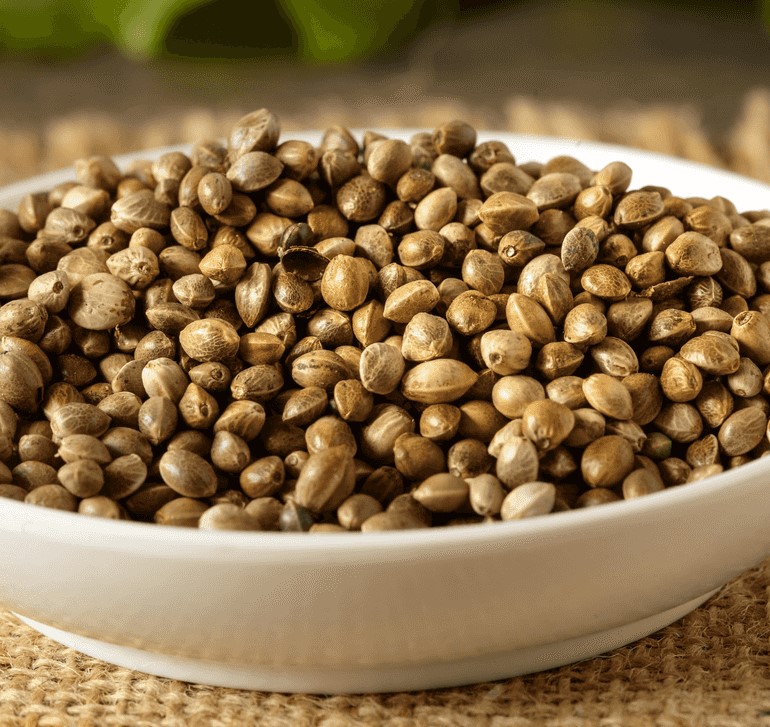
Hemp seeds are trending as a nutritious and versatile ingredient. Presenting a nutty flavor, they’re sprinkled on salads, blended into smoothies, and incorporated into baked meals. Hemp seeds are rich in essential fatty acids and proteins, making them a favorite among health enthusiasts. Their nutritional profile supports heart health and provides an energy boost. As the plant-based diet continues to grow, hemp seeds are recognized for their contribution to protein intake without animal products. They’re also made into milk and oils, expanding their culinary uses. The ease of incorporating hemp seeds into various recipes adds to their appeal.
9. Sorghum
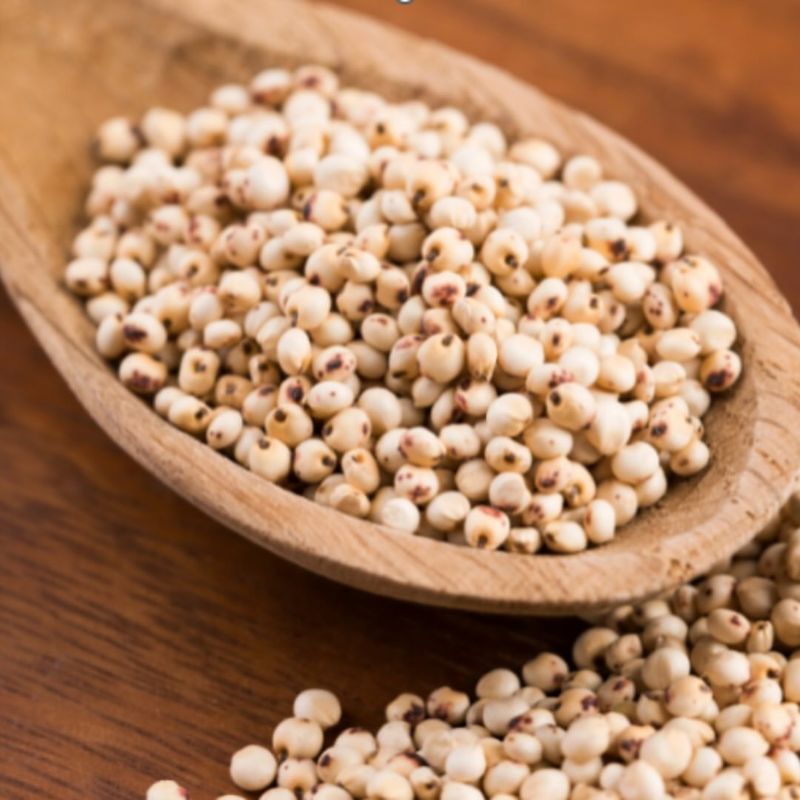
Sorghum is emerging as a gluten-free alternative in the culinary world. This ancient grain is versatile, used in porridges, salads, and even popped like popcorn. Its mild, earthy flavor makes it adaptable to both sweet and savory dishes. Sorghum is not just a substitute; it’s appreciated for its own nutritional value, being rich in fiber and antioxidants. As more people seek gluten-free options, sorghum provides a wholesome choice. It’s also being highlighted in the production of syrups and beverages. The grain’s resilience to harsh climates makes it a sustainable crop, appealing to those conscious of environmental impacts.
10. Sumac
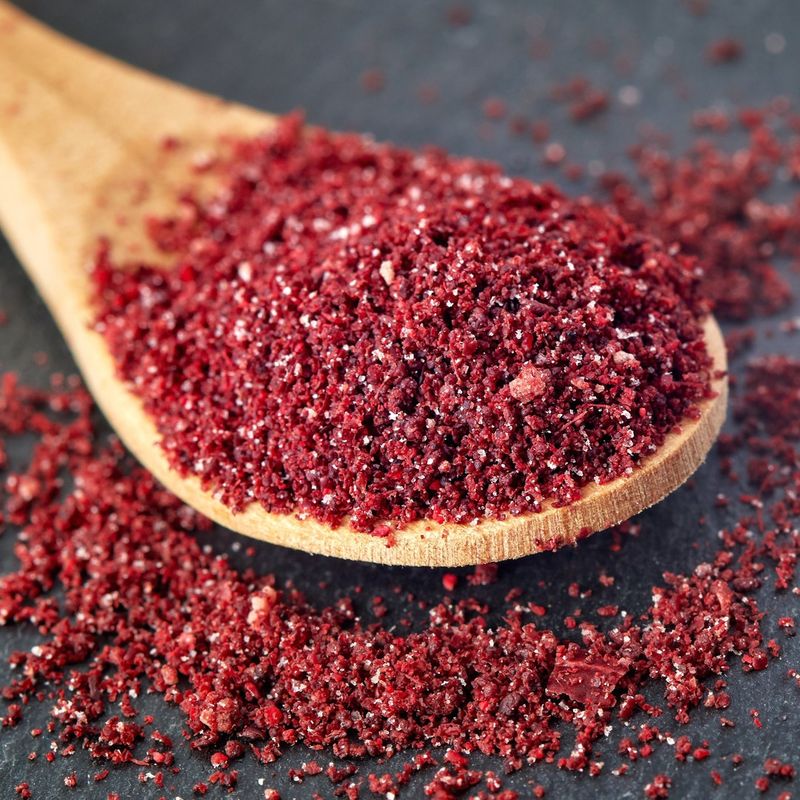
Sumac, with its tart and tangy profile, is a beloved spice in Middle Eastern cuisine. Its red hue adds both color and flavor to dishes, offering a lemony brightness that is less harsh than lemon juice. Sumac is often sprinkled over salads, meats, and rice, enhancing the overall taste with minimal effort. Chefs embrace Sumac for its ability to enhance dishes with a simple sprinkle. It’s ideal for garnish dips like hummus and baba ganoush, where it adds a flavorful kick. Experimenting with Sumac can lead to delicious discoveries in both everyday and lavish meals.
11. Sea Buckthorn
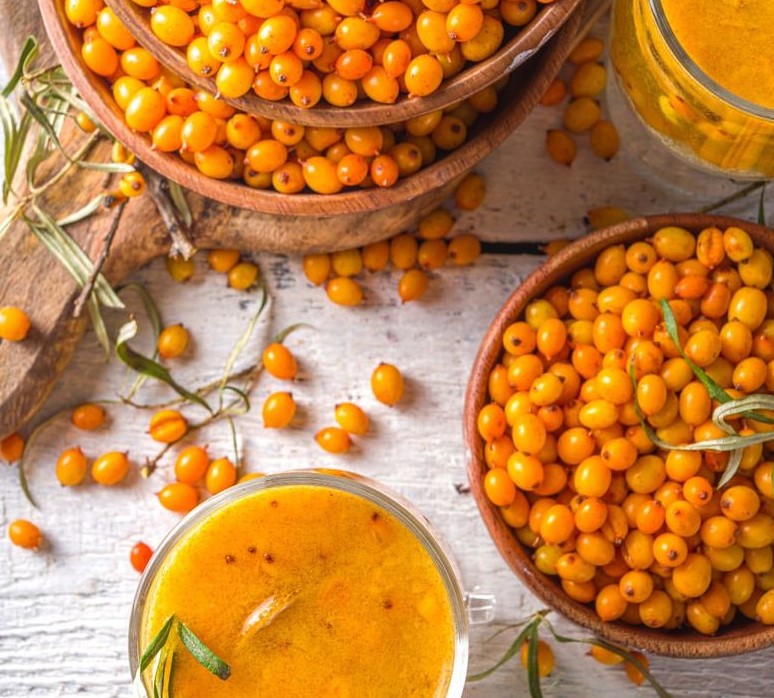
Sea Buckthorn is a small, orange berry known for its tart flavor and exceptional health benefits. Its known as Hippophae rhamnoides, it is rich in vitamins, antioxidants, and omega fatty acids. Traditionally used in Scandinavian and Siberian cuisines, sea buckthorn adds a zesty punch to jams, juices, and sauces. Its bright color and tangy taste make it an appealing addition to desserts and beverages. Not only is it flavorful, but it also supports skin health and boosts immunity.
12. Zaatar
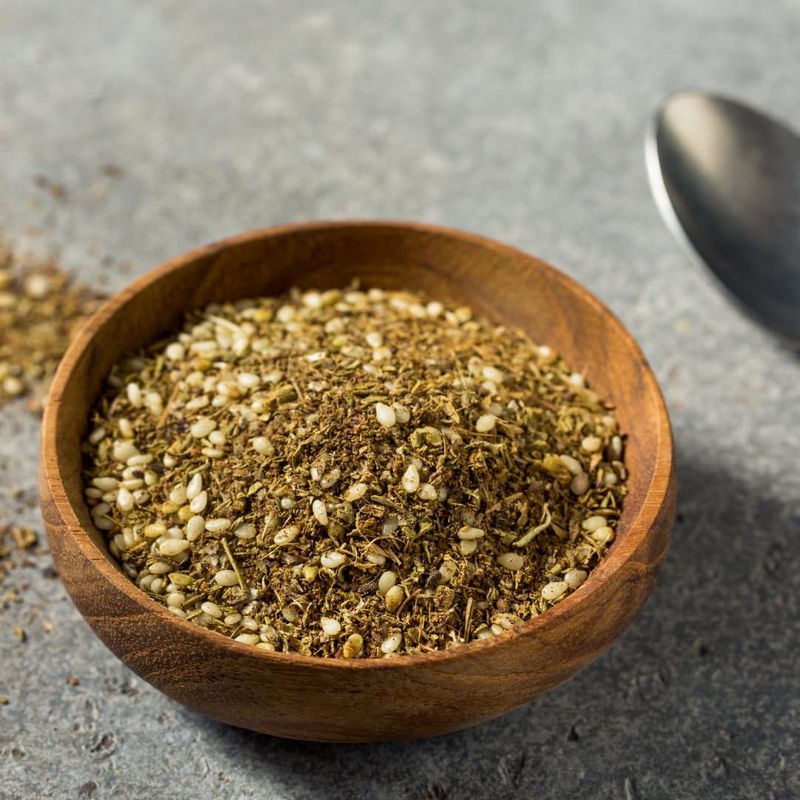
Zaatar is a Middle Eastern spice blend that’s becoming a favorite in kitchens worldwide. Consisting of herbs, sesame seeds, and sumac, it offers flavor profile that’s both tangy and nutty. Traditionally used on flatbreads, zaatar is now enhancing everything from roasted vegetables to marinades. Its aromatic qualities enhance simple dishes, making them more engaging. Zaatar’s versatility means it can be sprinkled over salads, mixed into dressings, or used as a rub for meats. The blend is not only about taste but also brings cultural richness to meals.
13. Chaga Mushrooms

Chaga mushrooms, renowned for their medicinal properties, are emerging as a superfood trend. Harvested from birch trees, these mushrooms are rich in antioxidants and have been traditionally used to boost immunity and overall health. Incorporate chaga into your diet as a tea or supplement to harness its benefits. Its subtle earthy flavor complements both sweet and savory dishes, offering health-conscious consumers a versatile ingredient to explore.
14. Fenugreek
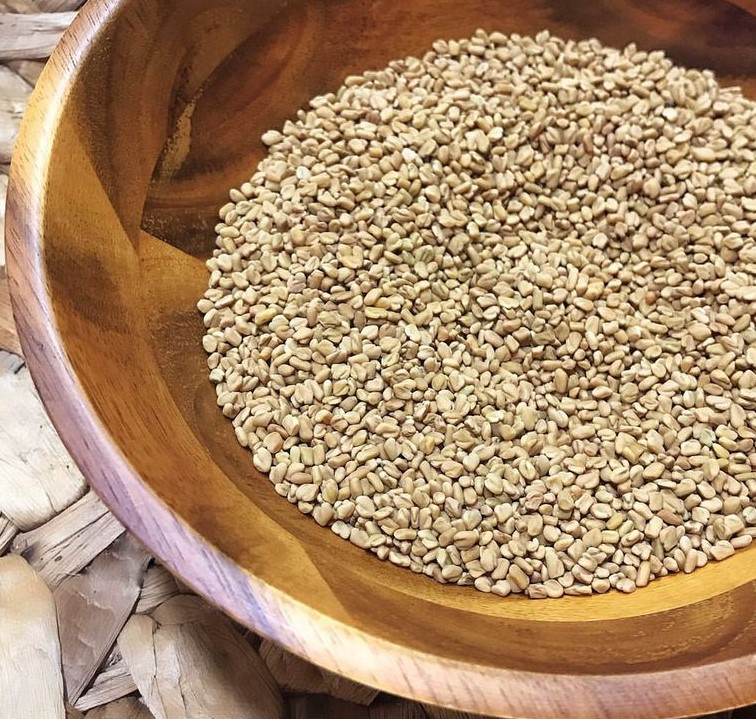
Fenugreek is gaining attention for its aromatic seeds and leaves, commonly used in Indian cuisine. The seeds offer a slightly sweet and nutty flavor, while the leaves add a touch of bitterness. Fenugreek’s versatility extends to both cooking and wellness, known for its digestive benefits. It’s used in spice blends, teas, and as a vegetable dish. With the rise of global cuisines, fenugreek is being embraced for its distinctive taste and health properties. Its leaves are often cooked with potatoes or added to curries, enhancing the dish’s flavor profile.
